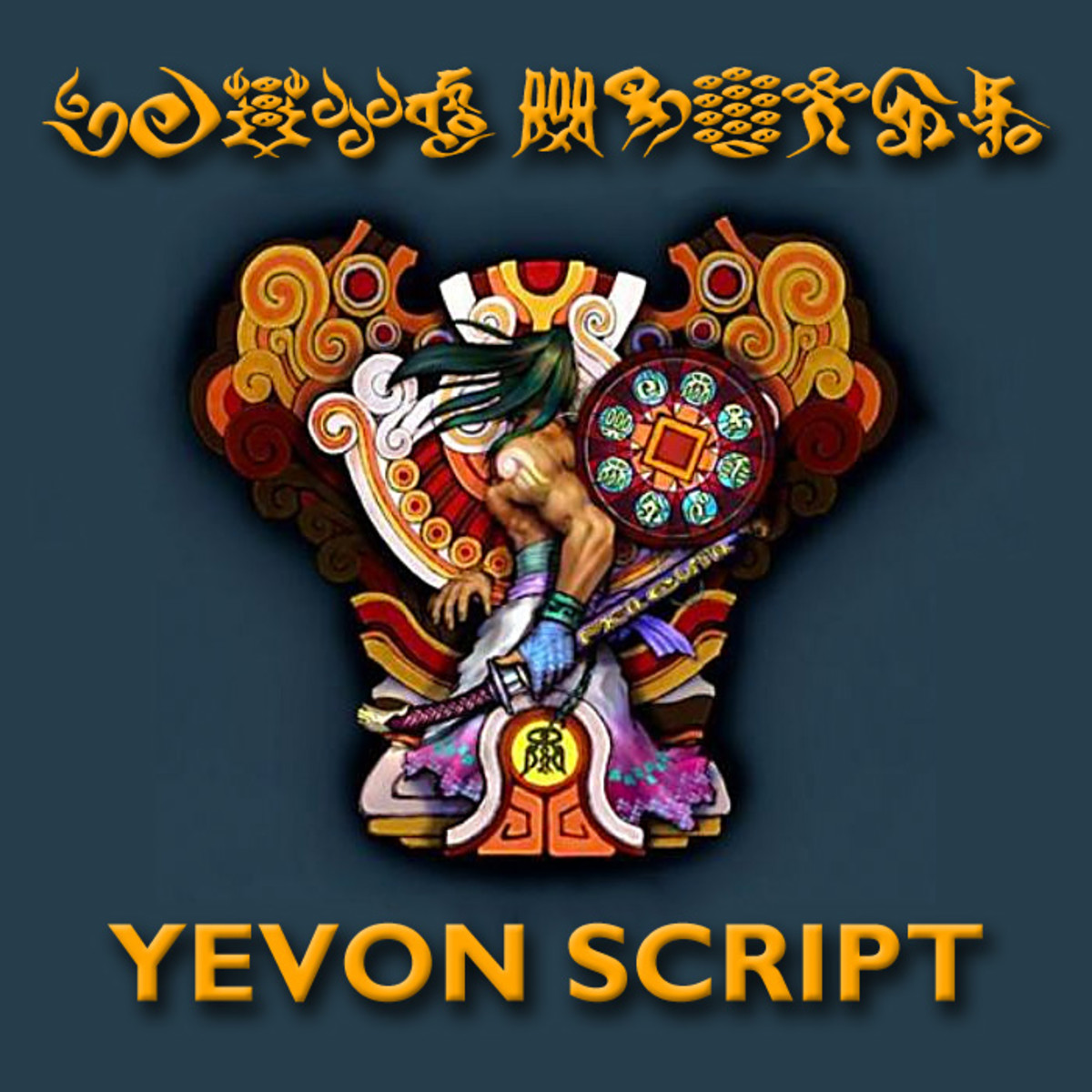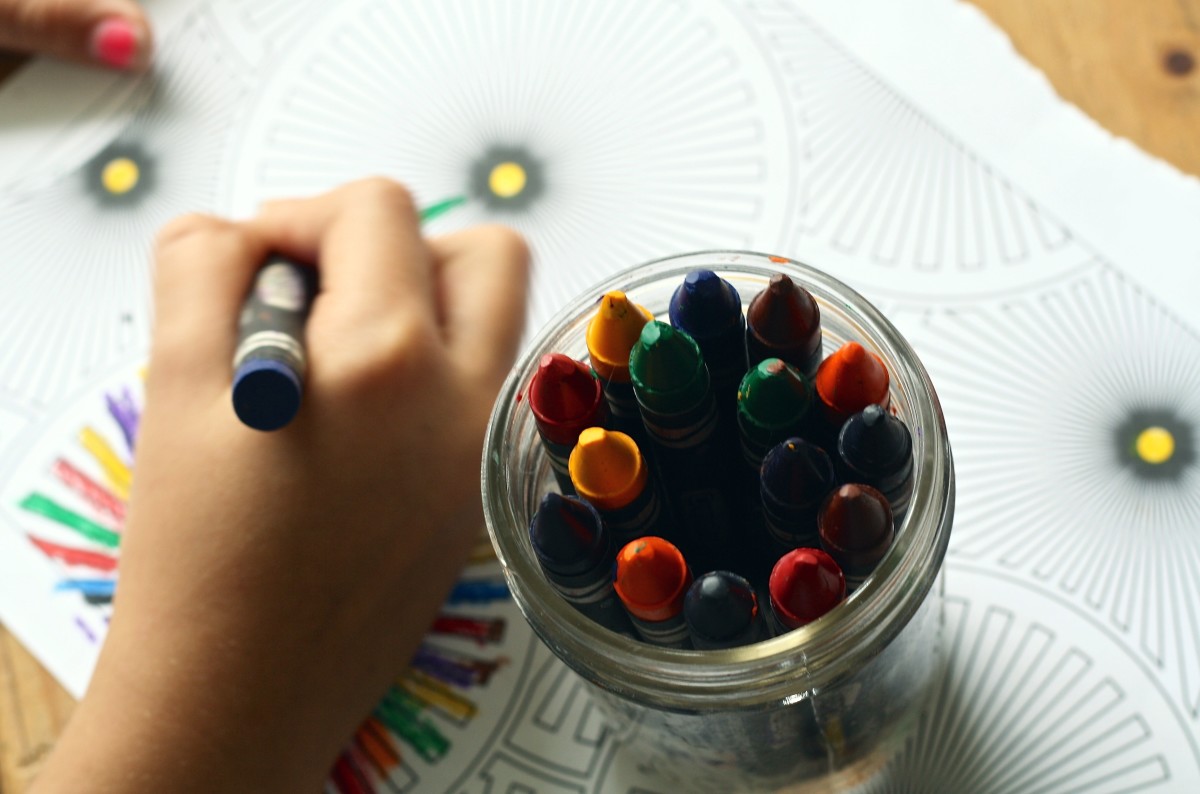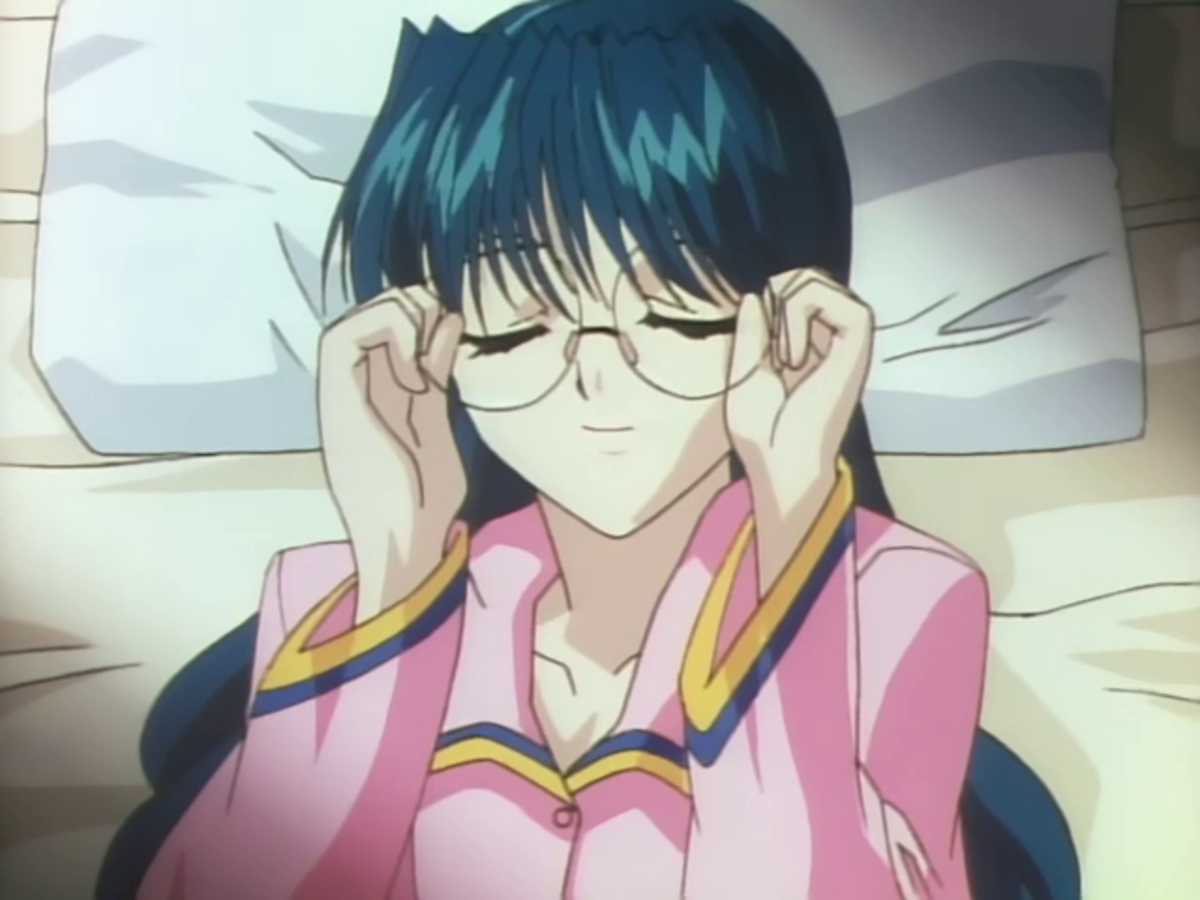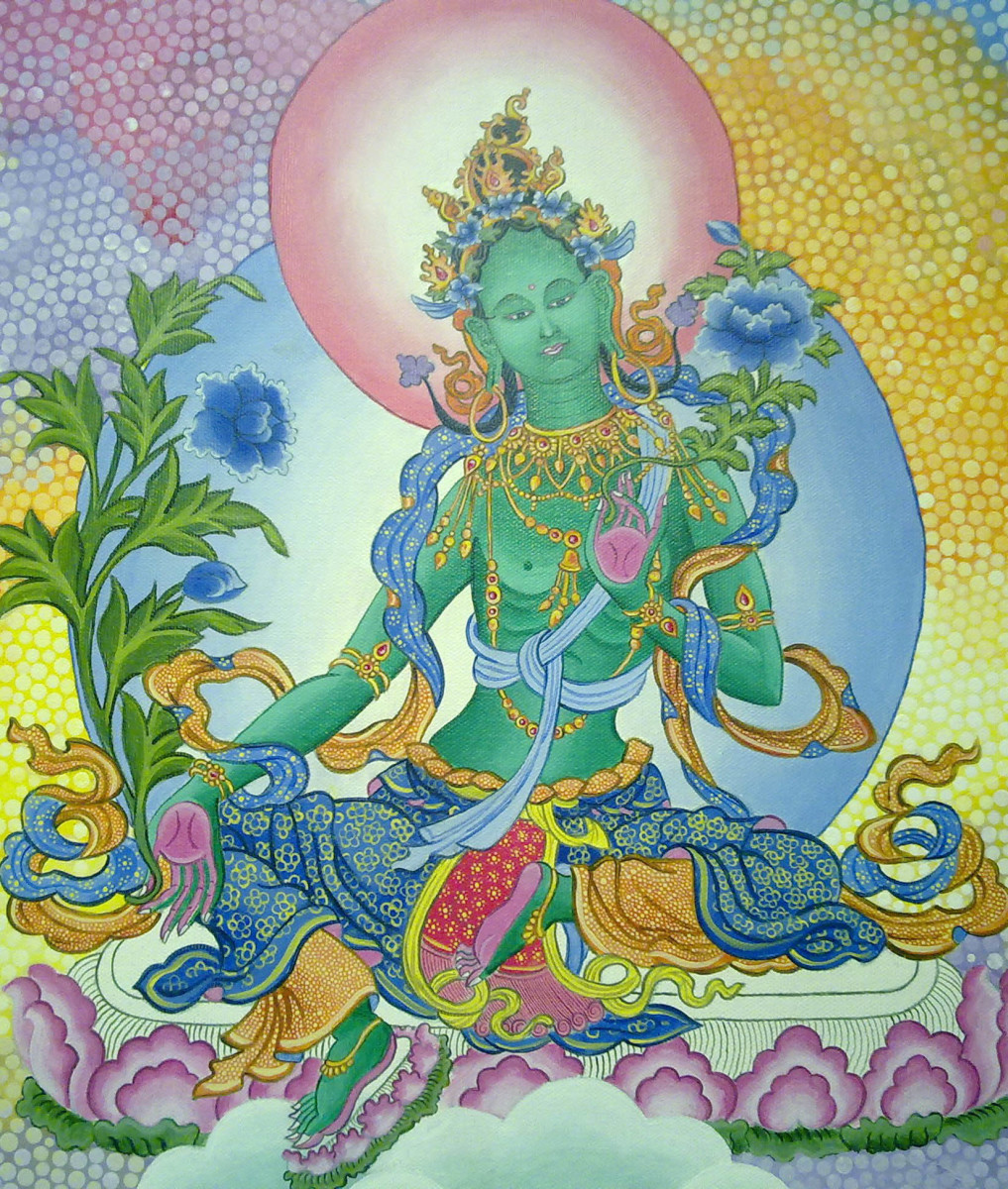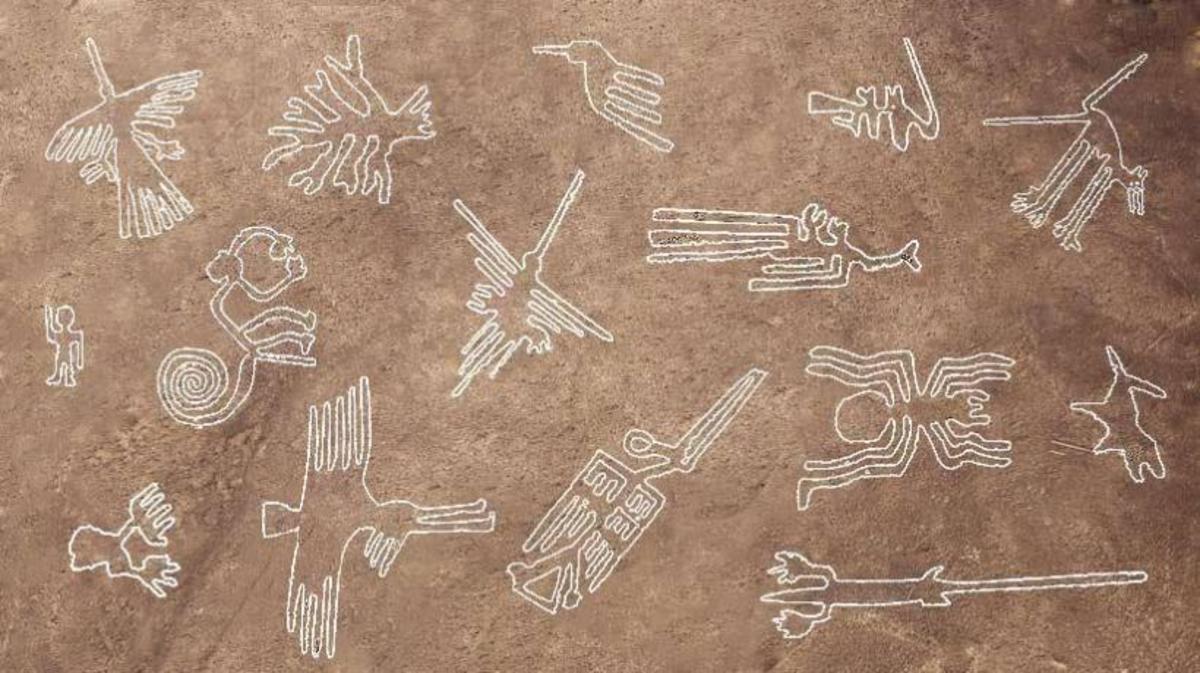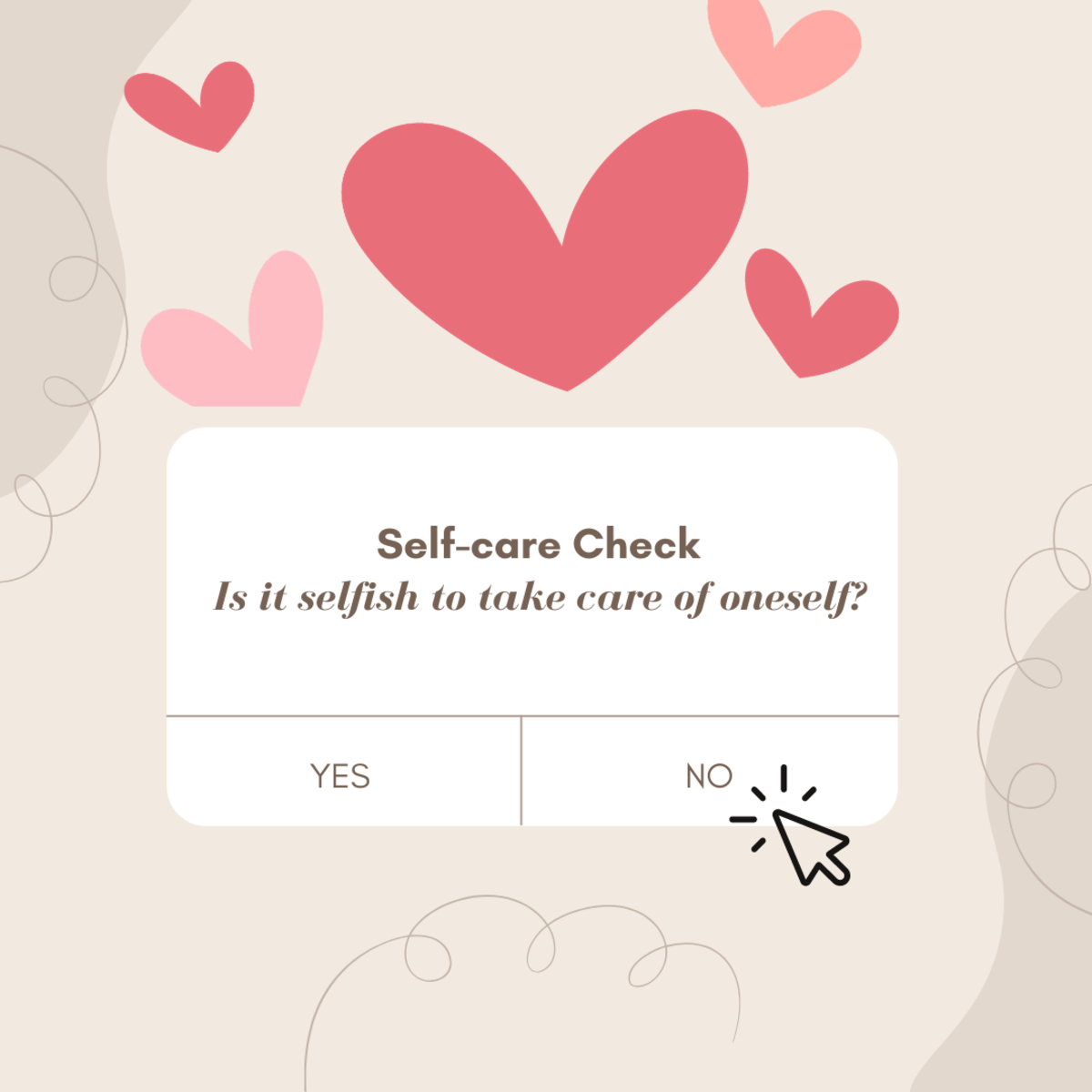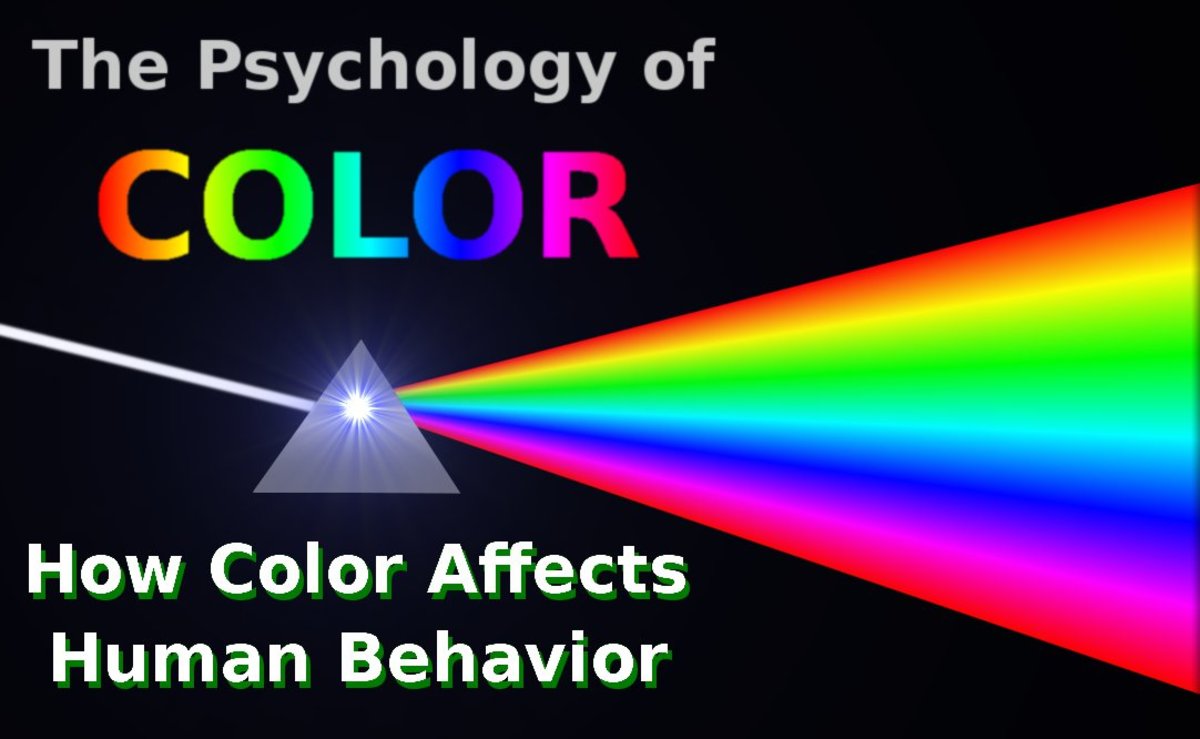About Mandala: Basic Information and Process of Creation
Mandala
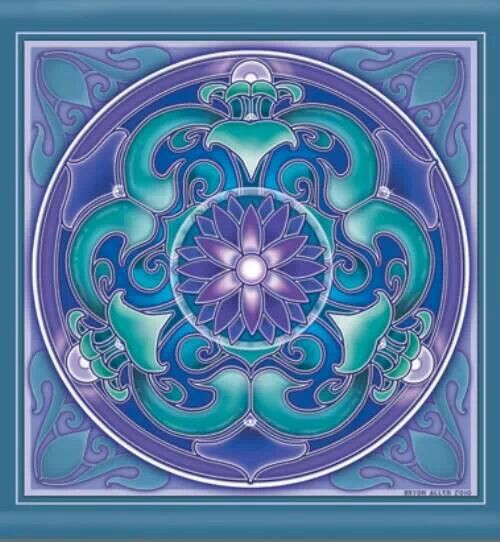
Basic Information about Mandala
The term mandala means 'a circle' in Sanskrit - an ancient Indian language. So every circular drawing or painting can be considered a mandala. But mandalas can be created in a 3D form as well, for example from ceramic clay.
Mandala usually has some sort of a center, a core. From this core, more or less symetrical shapes spread through the whole circle. But mandala doesn't have to have a shape of a circle - there is one exception, so-called yantra. Yantra is circular mandala drawn into a square. This type of mandala is used for Tibetan religious ceremonies.
Mandalas are usually considered to have roots in eastern philosophies, but we can find mandala shapes in other religions and cultures as well. There are mandala shaped rozettes (circular windows with colored stained glass) in Christian cathedrals and churches. Circular labyrinths can also be considered a form of mandala. You can find one of those circular labyrinth in Notre Dame cathedral.
Utilization of Mandala
Mandala can be used in many ways not just for relaxation. As I mentioned earlier mandalas can be used for religious ceremonies and rituals. It also can be used for meditation. Using mandala in for rituals and meditation is popular in eastern philosophies and eastern countries such as India or Tibet.
Lets introduce some of areas of using mandala.
- Relaxation and stress relief - typical way of using mandala; you can draw mandala when you feel stressed from a work, nervous before an exam or an important event or you need to get rid of anxiety or tension - drawing mandala can help you to calm down
- Self-knowledge - mandala is a tool which can be used in psychotherapy; it can be used for exploration of inner self and it is also a very good diagnostical tool - shapes and colours used in mandala point to current mood
- Medium - mandala can serve as a medium for communication with superior power (God, angels); angel mandalas become really popular in recent years
- Communication - mandala can also serve as a way of expressing things that are difficult to say; for people with communication difficulties it can be a perfect way of expressing their thougts and emotions
- Energy - with using right colours (shades of red and yeallow) mandala can be used for gaining and conserving energy; while drawing mandala you can sink into 'now' which is really healthy
Angel Mandala

Types of mandala
There are many types of mandala. Some of them have specific features, but usually mandala combines elements of different cultures.
As I mentioned before, one of the most well-known types of mandala is Yantra. Yantras are usually created based on restrictive rules (these rules are applied to colour and shape use). In the middle of mandala, there is usually Hindu god depicted. The highest Hindu god, Shiva, is the most often depicted god in the center of mandala. Circular mandala is drawn into a square and in that square, colours of red, yellow, white and green are usually used. Those colours symbolize the four winds.
Except yantra, there are more types of mandala:
Tibetan mandala - Tibetan mandala is the term for mandalas created from colored powder; Tibetan mandala serves for storing energy and is usually destroyed as soon as it is finished.
Celtic mandala - Celtic mandalas consist of Celtic cross and stone circle; spirals are typical feature for Celtic mandala and are one of the most used shape while creating mandala.
Esoteric mandala - esoteric mandala is a specific type of mandala; while creating esoteric mandala there are no rules no limits, they are created based only on an author's feelings; typical example of esoteric mandalas are angel mandalas.
Other types of mandala are connected to specific culture features. For example: African mandala (depiction of animals such as an elephant or a lion, ethnic patterns), Egyptian mandala (hieroglyphs, symbols of ancient Egyption gods) or American Indian mandala (feathers, depiction of nature and nature elements).
How to Create Mandala
First, there is one thing you need to know before actually deciding for a type of your mandala. When it comes to mandalas you don't need to stick to rules. Of course, you can if you feel like doing so or if you want to create specific type of mandala, otherwise you can use every shape or colour you want to use.
There are few advice before you start:
- Prepare enough time - to have enough time (at least one or two hour) for your creation is essentiel; make sure that no one will interrupt you
- Create at comfortable place - draw your mandala in a place where you feel comfotable and safe; it can be in your room or outside, but make sure that you feel warm and there are no disturbing sounds
- Have a comfortable seat - make sure that you sit nice and comfortable and nothing distracts you
- Have enough drinks - I was told that when you draw, it is important to drink a lot; that applies to drawing mandala as well - you should make yourself a cup of a green tea or a glass of juice
- Prepare your tools - colored pencils are common tool while drawing mandala, but you can use whatever you want - felt-tip pens or watercolours, whatever
- Other preparations - make sure you feel comfortable while drawing mandala; if it makes you feel better, you can light incense sticks, listen to meditation music or prepare some food
You can also put yourself in the mood with short meditation before drawing.
Drawing Mandala

When you are prepared, you have two options: you can make a circle and draw whatever shape you like in, or you can pick out a pattern. You can find tons of mandala pattern on the Internet. When picking out the pattern, you should choose the one which really feels like The one. The pattern which really caught your eyes.
You can also choose the way you are going to draw your mandala - from the center to the edge or the other way around. It is said that if you draw from the center you open yourself to the world. On the other hand, if you draw from the edge you close yourslef in.
Now's the time to choose colours you want to draw your mandala with. And again, there are two options. If you want to just relax or express your emotions, pick out the colours which you feel like using. If you want to draw mandala like for therapeutic reasons or you want it to radiate positive energy, then think about colours beforehand. You can google meaning behind every colour and then you can decide which colours you will use.
Focus on your creation with the whole heart. Get rid of every disturbing aspect around you. If you feel fear of destroying your mandala or if you feel stuck on one place, just take a deep breath and short pause. It can help you.
In the end of drawing, you can think about the whole drawing process (what did you feel while drawing mandala, did it help you, etc.). You can also give a name to your mandala. After it is finished, you can use it for further relaxation, you can try to diagnose yourself (why did you use those shapes and colours) or you can destroy. Destroying mandala doesn't mean that it was bad - it can have a positive impact. As I mentioned before, for example Tibetan mandalas are usually destroyed for releasing stored energy.
Starting with Drawing Mandala
I highly recommend you to try to draw mandala. It can help you to relax, to calm down, to express your emotions. It can be really helpful even if you feel that you can't draw (everyone can, thinking that you can't is kind of self-delusion - you should see arts od people who attended courses of Drawing on the right side of brain - they also thought that they can't draw).
Anyway, it is always difficult to start with something new, so if you don't know how to start, just take a look on that helpful video above. And who knows, you may start to like drawing mandalas.

